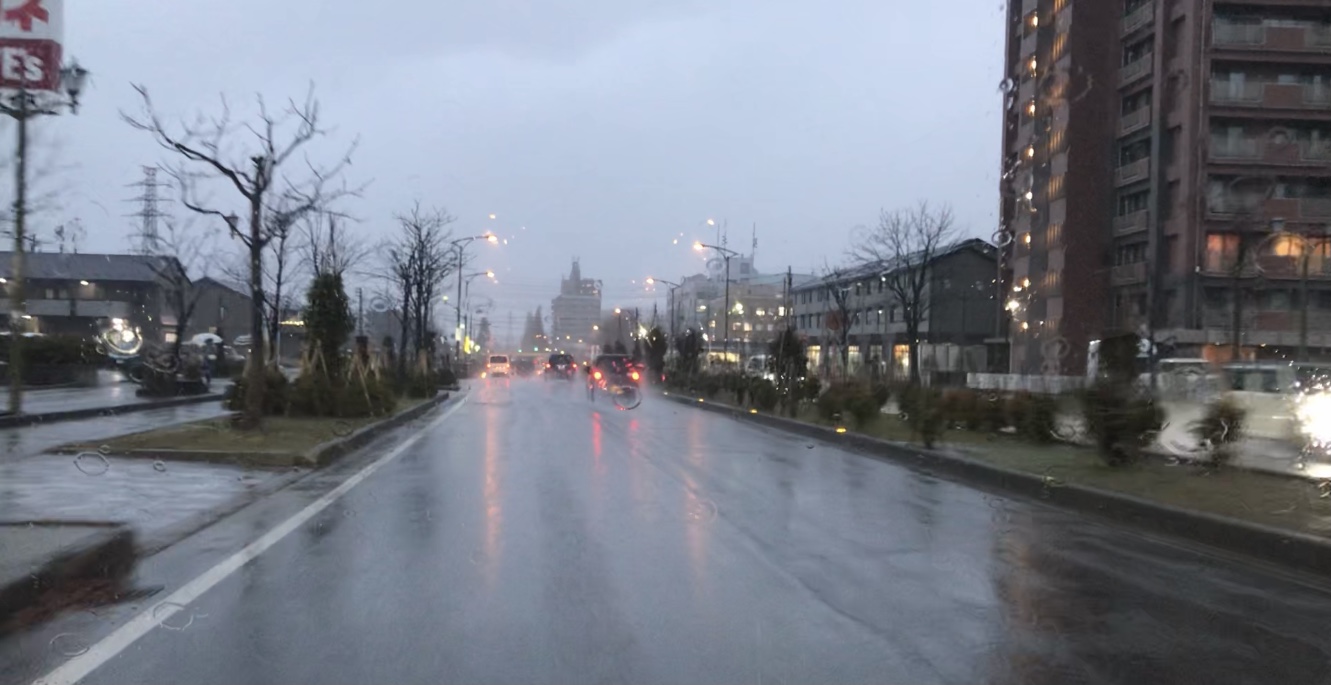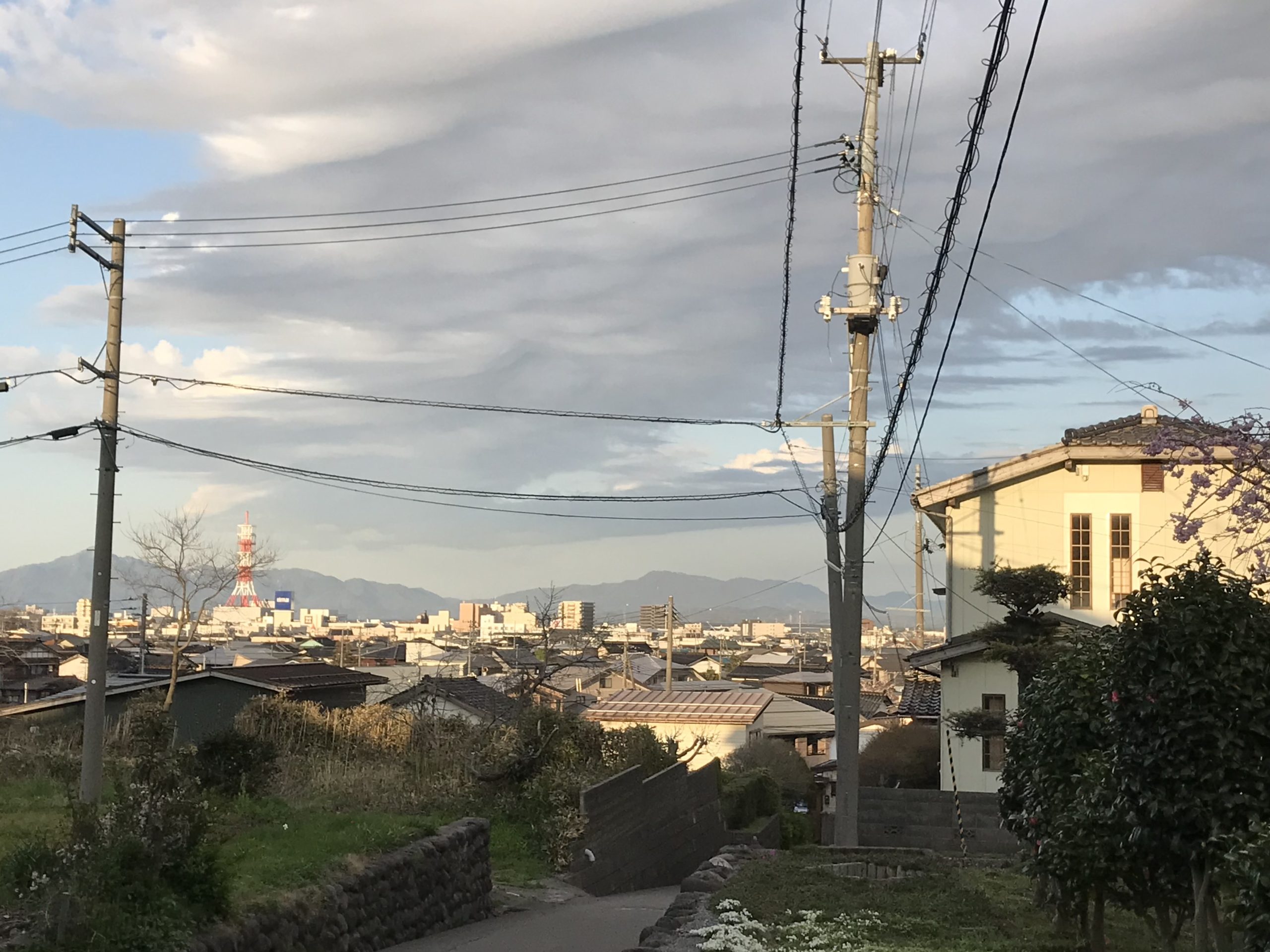One year and two weeks ago, I moved to a town on Japan’s west coast named Joetsu. On my third day, a local told me that I’d landed the best placement in the country. I looked out the car window, through the rain at the growling motorway under a sea of sooty clouds, and silently disagreed.
Joetsu sprawls along a river valley that empties into the Sea of Japan. The city itself is an amalgamation of several municipalities, among them the once-heaving port of Naoetsu and the moated inland bastion, Takada.
In 1971, Takada and Naotsu merged, whereupon the authorities created a new cultural and administrative center in the 8km of farmland between the two towns. This became Joetsu’s official center, a dingy array of offices and motorways where I spent my first few days as the city’s newest resident.
For many who drive through Joetsu, this is all they see. One such tourist was Australian travel writer Richard Pendavingh, who visited in 2005. He had this to say,
“Joetsu was a maze of tightly-packed low-rise houses without gardens or street trees interspersed by windswept concrete plazas and big, blocky commercial buildings (…) the atmosphere wasn’t helped by the fact that the streets were empty and the weather was dismal but even on a good day I got the sense that it wouldn’t have been a very pleasant place to live.”

Richard only seemed to have been in Joetsu for one day some 17 years ago. After one year of living In Joetsu I can say he is unequivocally wrong about one thing: we do have street trees.
Richard, however, was spot on with his illustration of the city center and even more so with his description of how Joetsu’s heinous weather and weatherbeaten buildings make for a grim atmosphere. This was the town I entered back in November, 2021. Then, in December, the snow came.

